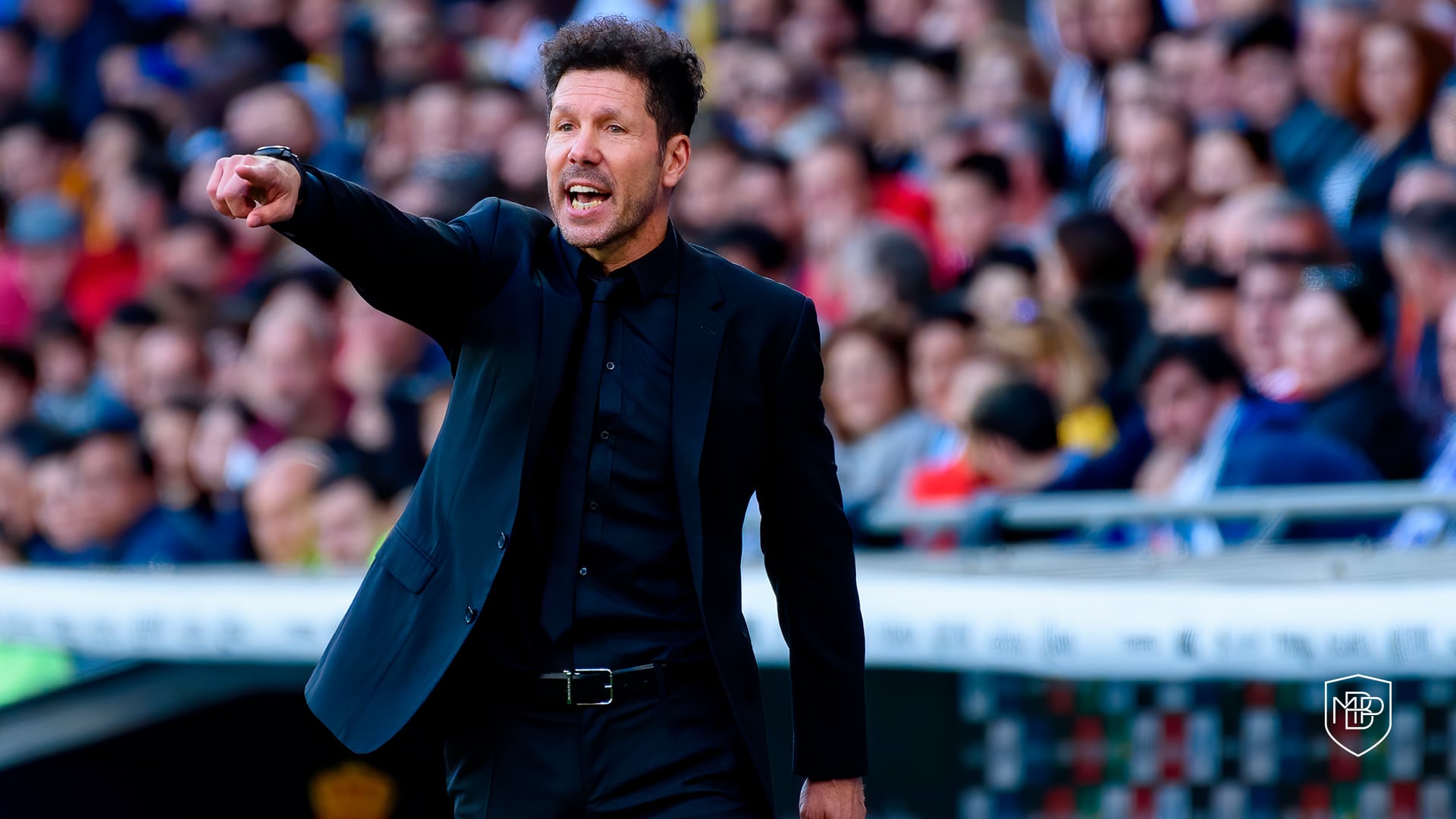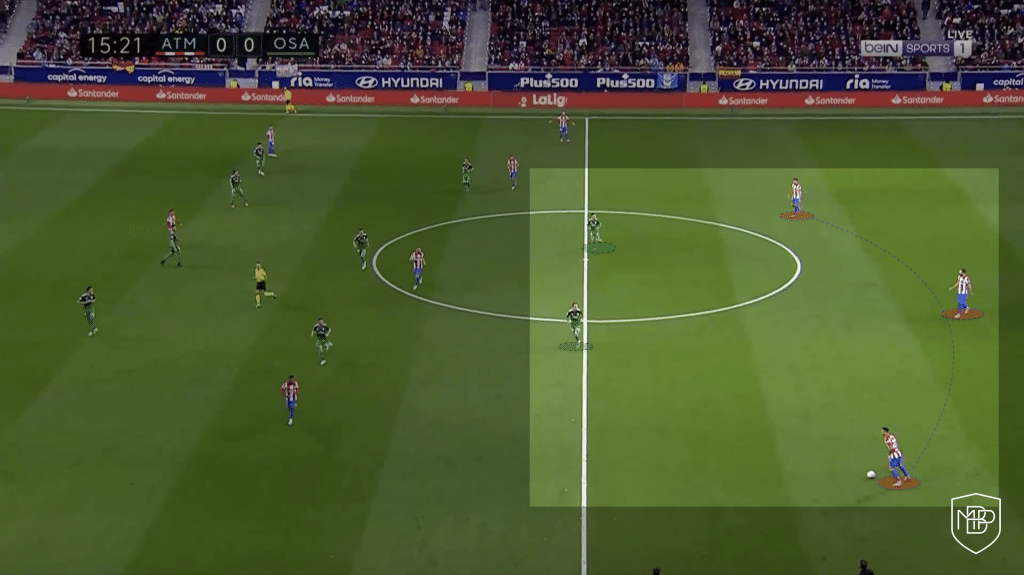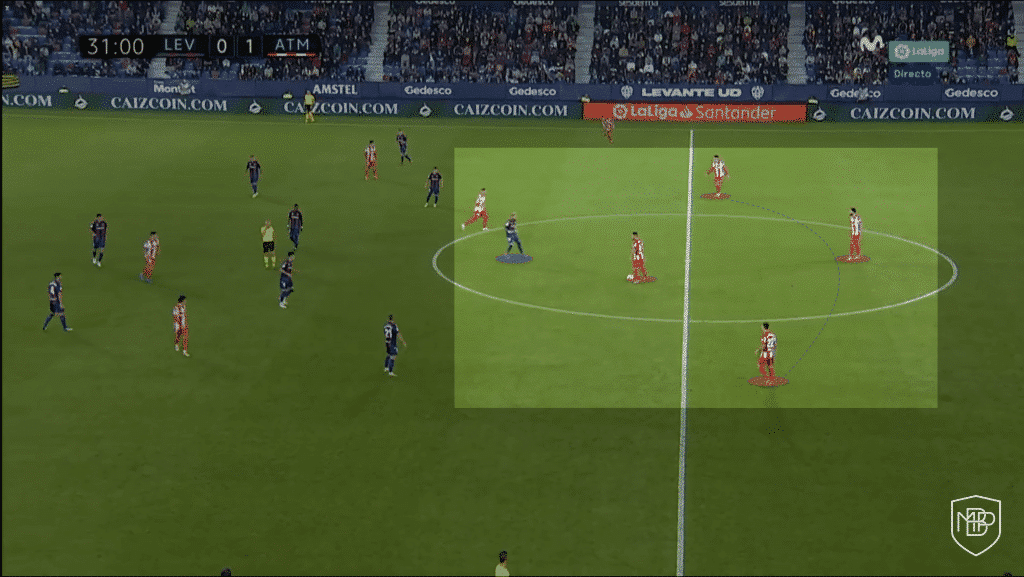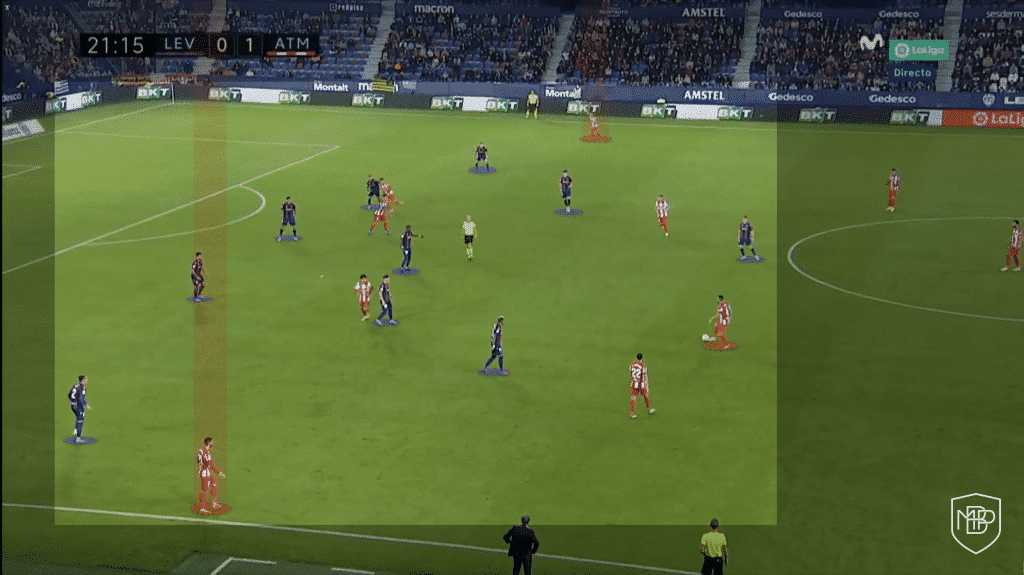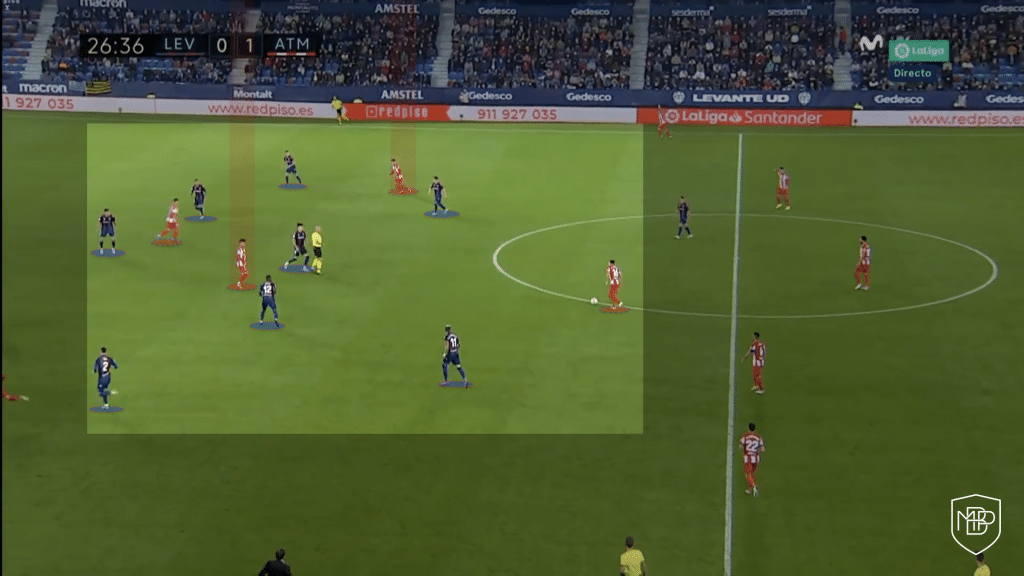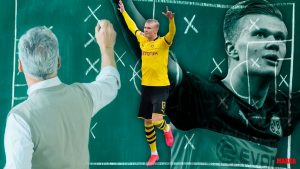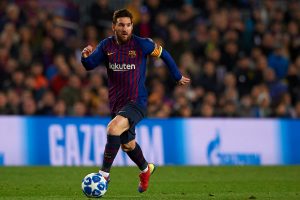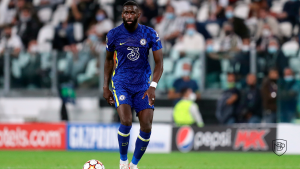This season, Atletico Madrid has been one of the most unpredictable and ever-changing teams regarding offensive structures. After adding to their squad with players of individual star quality, such as Antoine Griezmann, Rodrigo de Paul, and even Matheus Cunha, the Argentine coach Diego Pablo Simeone has yet to find a structural organization that manages to enhance the individual qualities of his players.
However, the ‘Rojiblanco’ coach found himself in a similar situation last season, where he varied the playing system until he found in the GK-5-3-2 the perfect structural organization for his team. Through this, he was able to discover the perfect fit for his players and enhance his own game idea.
However, football is a dynamic cycle that fluctuates depending on the multiple situations that occur around the ball. This means that not only the structural positioning of the players is important, but also the different behaviors that the players perform, both individually and collectively, in order to implement the coach’s ideas in each match.
Therefore, at the MBP School of Coaches, we are going to analyze what problems or difficulties Atlético de Madrid have faced in the offensive phase, not only at a structural level, but also in their principles of play.
Tactical Analysis
First Numerical Superiority
The first issues we identified in Atlético’s attacking phase is the inefficiency of their structural set-up in the build-up.
Simeone’s side tend to organize itself with a first line of the goalkeeper plus 3 central defenders. When a team is organized in this way in the build-up, it is usually to provide extra protection in the central channel for turnovers, as well as generate numerical superiority to attract and find the free player to progress the play.
However, the tendency of the teams that the Colchoneros usually face is to fall back and prioritize the defence of the spaces inside their own half of the field.
Faced against this type of approach from the opponents, the initial idea of the team’s set-up, coupled with the individual behavior of the players, is somewhat sterile, as it seems unnecessary to have such a high volume of players in the first line against so few players of the opposing team. The result of this is losing key players in effective zones to receive the ball.
Outside Play
The second aspect that Atlético can improve on, and which is somewhat related to the first point, is the difficulty of progressing play through the wings.
This is due to multiple factors:
- The first one is their offensive organization. By having a structure where the width is guaranteed only by the wingers, the ability to progress through the outside is somewhat limited. This is since due to different factors that we will look into below, Atleti very rarely create a ‘double width’ that would allow them to pull out oppositions players from their defensive positions and thus take advantage of those imbalances generated in their lines.
- Another aspect to consider is the tendency of the so-called wingers to occupy inside channels. This leads to an over-accumulation of players in the central spaces, and, therefore, does not allow the team to take advantage of possible 2vs1 situations on the wing.
- Last but not least is the low capability of both wingers to generate advantageous situations of 1vs1. As they are not players with an unbalancing profile in these situations, the role played by these players is more of a fixer than of creating advantages for the team through individual actions.
Similarity of Profiles
Although the current Atlético Madrid squad is (theoretically) more complete than that of previous years, the similarity of profiles between some players is causing certain organizational problems for the team.
The first case, and the one that is causing the Argentine coach the most headaches, is the one between Joao Felix and Griezmann. Both players have very similar characteristics, and this is reflected in their behavior out on the pitch.
A clear example is the tendency of both players to occupy inside channels, causing them to move into each other’s zone on many occasions and thus cause organizational imbalances in other areas of the field.
The same is also happening with Marcos Llorente and Thomas Lemar. Although, in this case, both players are playing in different sectors of the field, the behaviors they usually perform are very similar, since the tendency of both is to attack the space in depth.
This commonality causes the attack to lack an organizational capacity regarding the needs of the game, since the only player profile with characteristics to organize the play is Koke Resurrección.
Conclusion
Despite the fact that we are in the first third of the season, we cannot ignore the fact that Atlético must adjust and strengthen in some aspects, both organizationally and tactically, in the attacking phase.
We at the MBP School of Coaches are still in full belief that Cholo Simeone has the ability to make these changes and provide the team with greater efficiency in the final third.

